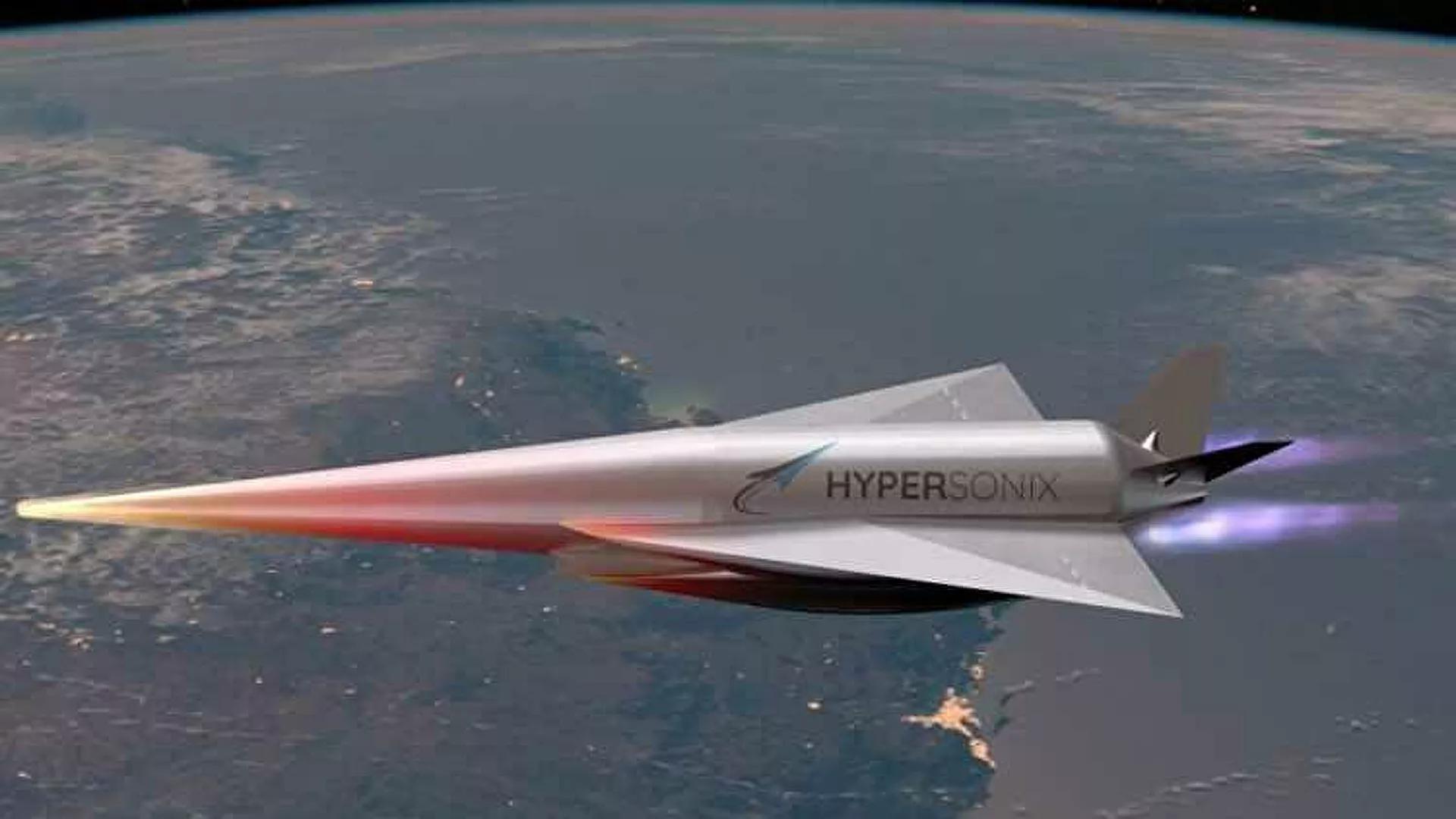Africa-Press – South-Sudan. The construction of such spacecraft has been made possible due to a jump in 3D printing technologies that now allow new heat-resistant and durable alloys to be combined and them to be bent into complex components for a scramjet engine.
Australian aerospace start-up Hypersonix Launch Systems is planning to build a hypersonic, hydrogen-fuelled “spaceplane” that will be capable of sending small satellites into Earth’s orbit. Aside from attempting a breakthrough in the industry by creating the first carbon emission-free spacecraft, Hypersonix is also planning to build most of the parts, including the engine, using advanced 3D printers at the University of Sydney.
The engineering team of Professor Simon Ringer from the University of Sydney will be helping the start-up by manufacturing flight-critical parts for the fuselage and the scramjet engine for the spacecraft “Delta Velos”. According to Ringer, advanced 3D printers using additive manufacturing technology (producing parts layer-by-layer using special dust-like material) offer numerous advantages.
Ringer further explained that with the 3D printers at the University of Sydney’s Darlington campus it is possible to combine elements from the periodic table into new alloys. These alloys, in turn, may possess properties useful to the aerospace industry, such as “high-temperature strength”.
Maiden Flight in 2023?
Before launching production of the full-scale spaceplanes, Hypersonix plans to build a series of smaller proof-of-concept space vehicles using the same hydrogen-powered engines. The final Delta Velos will fly using six of them, but the test prototypes will rely on a single engine and will have a flight distance of only 500 kilometres.
Hypersonix expects to conduct a maiden flight for a three-metre-long DART AE test spacecraft as early as 2023. Should the test be successful, it will be the first 3D-printed spacecraft to fly and the first one to use hydrogen fuel that releases only water vapour as a by-product.
For More News And Analysis About South-Sudan Follow Africa-Press






